Say it with me: Fonts. Are. Everything. They can absolutely make or break a book—no matter how genius your writing is. Our Print Design Coordinator Timothy Schaeppi took time out of his busy schedule to let us know what he loves and what makes him tick about fonts.
What’s the most frequent question you get asked (that you’re a little tired of answering!) about fonts?
The difference between serif and sans serif. Serif fonts have tails and tiny flourishes that people are used to seeing in novels and newspapers. An example is Times New Roman or Garamond. Sans serif are straight and clean, very commonly used as web fonts. An example would be Calibri or Titillium Web.
Another very important concept is that fonts used in a Word document will not display correctly on another computer unless that computer also has the font installed. File formats like PDF documents are able to “embed” or store bits and pieces of the actual font file that it needs to accurately display the fonts.
Are there any fonts that should never be used under any circumstances for a book?
Comic Sans gets a lot of flak for good reason. It looks childish in a very forced way, and is usually associated with an amateur appeal. The same concept applies to Papyrus. As a general rule, never use a heavily stylized font for the main body text of a book. Subtlety is key.
What are some really great fonts that usually work well in design?
Bebas Neue is a very popular display font for titles and headers, not so much as body text. Basic fonts like Times New Roman, Adobe Garamond Pro, and Book Antiqua are solid, classic choices for body text. Manuals, scientific texts, and reference books can make good use of sans-serif fonts for their body text as well.
What is your favorite font?
I make frequent use of Open Sans, Mrs. Eaves, and Archivo.
What are some good font pairings?
Open Sans and anything.
Bebas Neue and Montserrat for a clean modern look.
Bodoni or Playfair and Lora
What are some of the worst font mistakes people are making?
Fonts, I think, should be used for a subtle but effective macro-aesthetic appeal. People sometimes feel compelled to use different fonts to represent different characters or different themes or moods. These decisions often muddy the overall look and feel of a book.
What’s up with font size?
11pt is great. Larger font sizes give the feeling of a children’s book and should be avoided if that’s not the intention.
Are there some fonts that work better for specific genres?
Absolutely. Keep your audience in mind. If your title is going to be read by folks who grew up reading classics and newspapers, go with something stately and timeless. It’s a good idea to marry your genre with your interior aesthetic, but don’t get carried away with gimmicks. For example, Eurostile is the go-to for sci-fi and action-heavy novels, but that doesn’t mean it should be your body text. Legibility should always be the top consideration.
What’s the difference between typeface and font?
It’s arbitrary and should never be used to spawn arguments or confusion. As I recall, the technically correct idea is that “Typeface” is what we casually call fonts, like “Times New Roman” or “Eurostile.” Within these typefaces, there are “Fonts” which would be a distinction like “Times New Roman Bold,” or “Times New Roman Italic.” I may have that backwards. Either way, it should never be a cause for discord.
Anything else you’d like to add?
Subtlety is clever, and readers who notice clever things feel smart, and everyone wants to feel smart. Type has a powerful impact on the feel of a book, and the more sugar-sweet effects and fonts should be used with grace and restraint.
Discover more from Mill City Press
Subscribe to get the latest posts sent to your email.






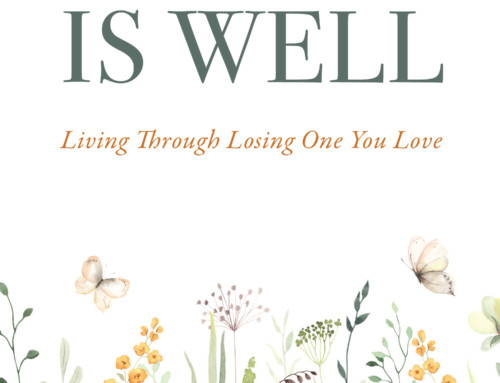
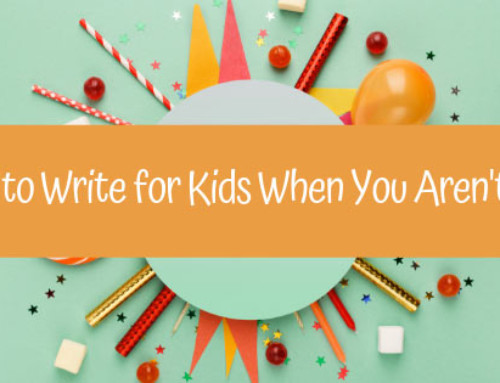
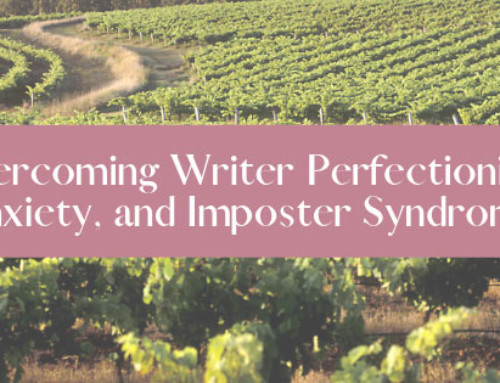
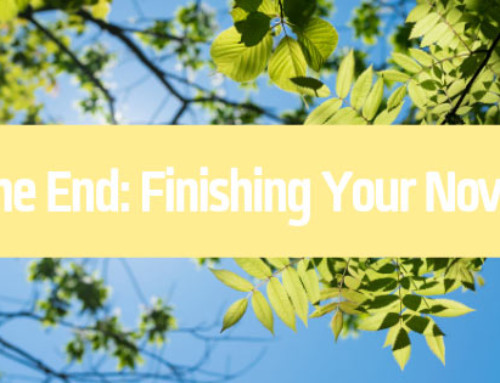
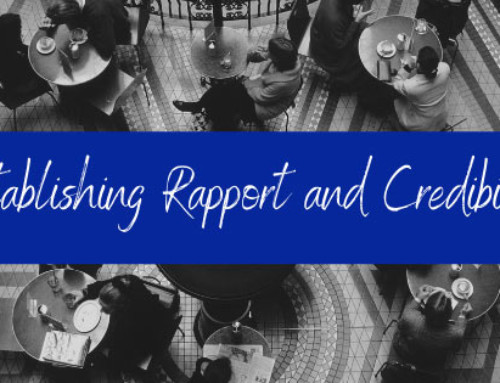

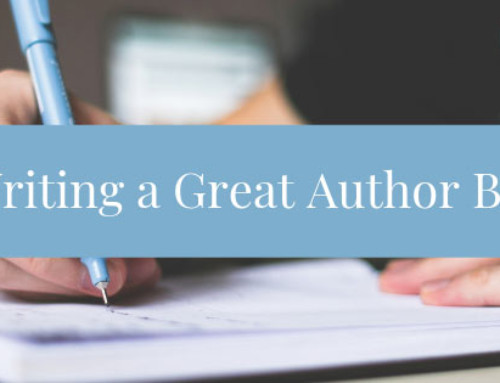
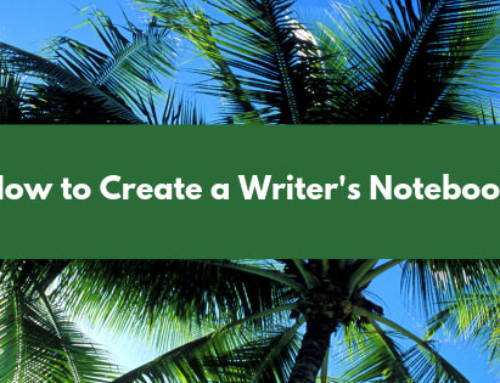
Leave A Comment